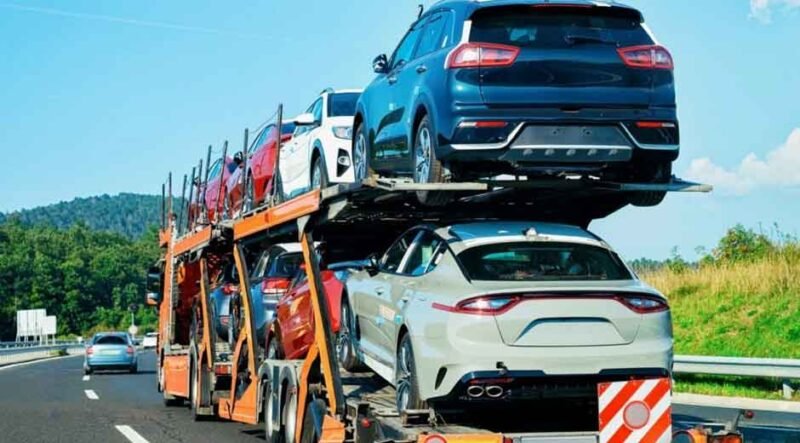
Transporting a vehicle over long distances, particularly cross-country routes, can be challenging. Many vehicle owners are overwhelmed by the logistics needed to transport their cars. Knowing how the process works can help calm your nerves and facilitate a smooth process. Let’s discuss this in detail.
Choosing the Right Shipping Option
Many vehicle transport options are available for cross-country car shipment. The most popular and cost-effective way is open transport. This requires putting the car on an open trailer exposed to the elements. This option is ideal for people with standard vehicles looking for cost-effective alternatives. Enclosed transport provides top-notch protection for high-end or classic cars. It is costly, but this method protects vehicles from external factors like dust and debris. Both options offer dependable service, with cars safely arriving at their destinations. To transport your vehicle, check out California car shipping rates and services.
Understanding Pricing Variables
Many factors determine the cost of cross-country car shipment. Distance is a key factor, and longer trips mean higher costs. The size of the vehicle also affects pricing. Big vehicles take up more space on transport trucks, which costs more. Price differences come down to route details. If you are in a remote area, there may be extra charges to transport the equipment. Seasonal changes also impact prices. Demand increases during peak seasons, like summer, and surcharges may apply.
Booking the Shipment
Once you have chosen a suitable cross-country car shipping method, the next step is to book the shipment. It is imperative to book in advance, especially during busy periods. Early booking makes it more likely to get a desired transportation date. Before shipment, owners must check their vehicles. Taking photographs to document pre-existing damage makes it easy to address disputes later. Removing personal items from the car is also essential because they will not be insured while being moved.
Checking Insurance Coverage
Insurance is a vital aspect of cross-country car shipment. Basic coverage is typically included in most transport services. As with any policy, though, some critical details must be considered. It might make sense to get supplemental insurance for extra peace of mind. This option also ensures extra security for unexpected events. A thorough examination of the policy’s specifics provides strong coverage for the entire journey.
Preparing for Pick-Up
Despite being one of the first steps in the loading process, preparations must be made before the vehicle can be loaded on the trailer. Keeping the car charged ensures that you can transport the vehicle without problems. Fuel levels should also be low to minimize weight, usually around a quarter. Deactivate all alarms to ensure zero distractions during the trip. Antennas and other accessories should be removed or secured to facilitate pick-up and delivery.
Tracking Progress
Many transport companies offer tracking services once the vehicle leaves for its destination. This feature provides reassurance, as the owners can keep track of their cars in real-time. You can also find regular updates from websites or mobile apps. Communicating with the transport company is very important. Having a designated person as your point of contact helps ensure that concerns or questions are addressed promptly. This allows recipients to prepare to receive their cars on time.
Receiving the Vehicle
A final inspection is undertaken at each vehicle’s destination. Owners should then compare the car’s condition against pre-shipment documentation. Any discrepancies must be described immediately and reported to the transport company. Payments vary; however, some companies require payment on delivery. Ensuring all monetary arrangements are set based on what was agreed upon helps keep surprises at bay. With a smooth transaction, the cross-country car shipment process ends.
Developing Trust with Transportation Companies
Selecting a reliable transport company can build trust and confidence. Reviews and testimonials from past customers can also give you a better understanding of what to expect. Recommendations from family or friends can also help guide selections. Transparency is achieved through clear communication with the transport provider. Communicating your transportation needs ensures alignment with the service provider. Therefore, a well-established firm will always emphasize consumer satisfaction; such companies provide trustworthy support.
Conclusion
At the end of a successful cross-country car shipment, people will likely be well-equipped for the next time. Experience helps you make better decisions in later shipments. Knowing what to expect from a cross-country car shipment helps demystify the process. Vehicle transportation with smart planning allows owners to hand over their vehicles with the peace of mind that a trained professional will drive the vehicle safely and efficiently over long distances.

